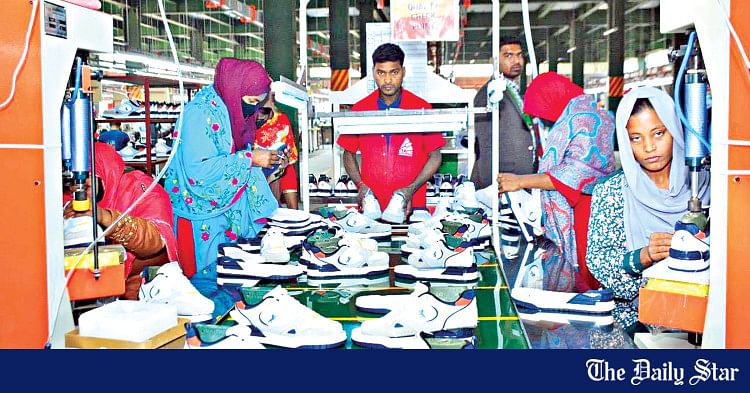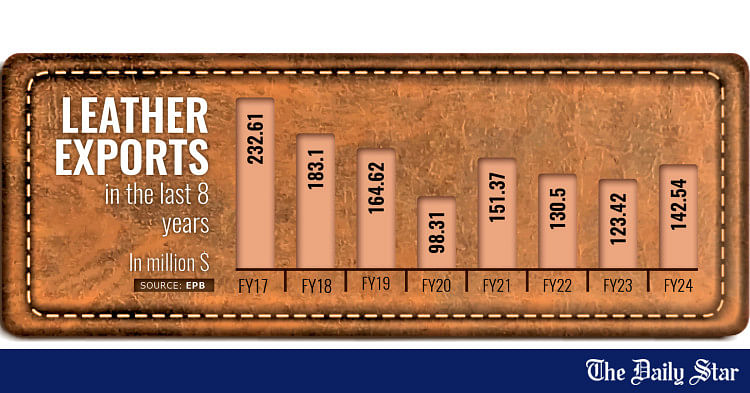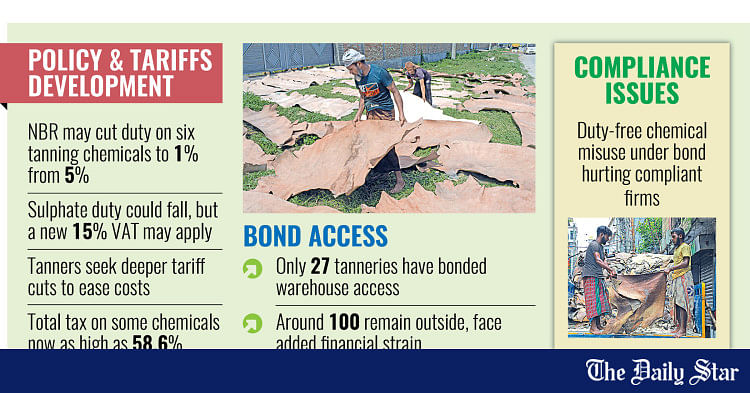Saif
Senior Member
- Jan 24, 2024
- 12,970
- 7,086
- Origin

- Residence

- Axis Group


Leather goods makers urge govt to clear unpaid cash incentives
Leather goods and footwear manufacturers and exporters have requested the government to clear the outstanding cash incentives. Leather goods and Footwear Manufacturers and Exporters Association of Bangladesh (LFMEAB) President Syed Nasim Manzur recently wrote to the Finance Division to take st
Leather goods makers urge govt to clear unpaid cash incentives
FE REPORT
Published :
Jan 30, 2025 00:39
Updated :
Jan 30, 2025 00:39

Leather goods and footwear manufacturers and exporters have requested the government to clear the outstanding cash incentives.
Leather goods and Footwear Manufacturers and Exporters Association of Bangladesh (LFMEAB) President Syed Nasim Manzur recently wrote to the Finance Division to take steps in this connection.
A Finance Division official told The Financial Express, "We have received the letter and are working on it."
The government currently owes the association's member factories more than Tk 3.0 billion as cash incentives, which has not been cleared due to a lack of funds, according to Manzur's letter.
He said the member factories are facing an emergency as there is a recession in the export markets, while buyers have stopped placing new orders due to Bangladesh's present law and order situation as well as image.
Besides, the production costs of various leather items have increased due to the high-priced raw materials, higher dollar prices, and fuel and transportation costs, Manzur noted.
On the other hand, the association members have to pay over Tk 2.22 billion as wages and bonuses to their workers before the upcoming Eid-ul-Azha holiday, he said.
To help the factory owners weather the storm, he requested the Finance Division to take prompt action and provide liquidity support.
Otherwise, the factory owners will fail to pay salaries and bonuses to their workers, which may trigger labour unrest, causing the country's law and order situation to deteriorate, read the letter.
FE REPORT
Published :
Jan 30, 2025 00:39
Updated :
Jan 30, 2025 00:39
Leather goods and footwear manufacturers and exporters have requested the government to clear the outstanding cash incentives.
Leather goods and Footwear Manufacturers and Exporters Association of Bangladesh (LFMEAB) President Syed Nasim Manzur recently wrote to the Finance Division to take steps in this connection.
A Finance Division official told The Financial Express, "We have received the letter and are working on it."
The government currently owes the association's member factories more than Tk 3.0 billion as cash incentives, which has not been cleared due to a lack of funds, according to Manzur's letter.
He said the member factories are facing an emergency as there is a recession in the export markets, while buyers have stopped placing new orders due to Bangladesh's present law and order situation as well as image.
Besides, the production costs of various leather items have increased due to the high-priced raw materials, higher dollar prices, and fuel and transportation costs, Manzur noted.
On the other hand, the association members have to pay over Tk 2.22 billion as wages and bonuses to their workers before the upcoming Eid-ul-Azha holiday, he said.
To help the factory owners weather the storm, he requested the Finance Division to take prompt action and provide liquidity support.
Otherwise, the factory owners will fail to pay salaries and bonuses to their workers, which may trigger labour unrest, causing the country's law and order situation to deteriorate, read the letter.












